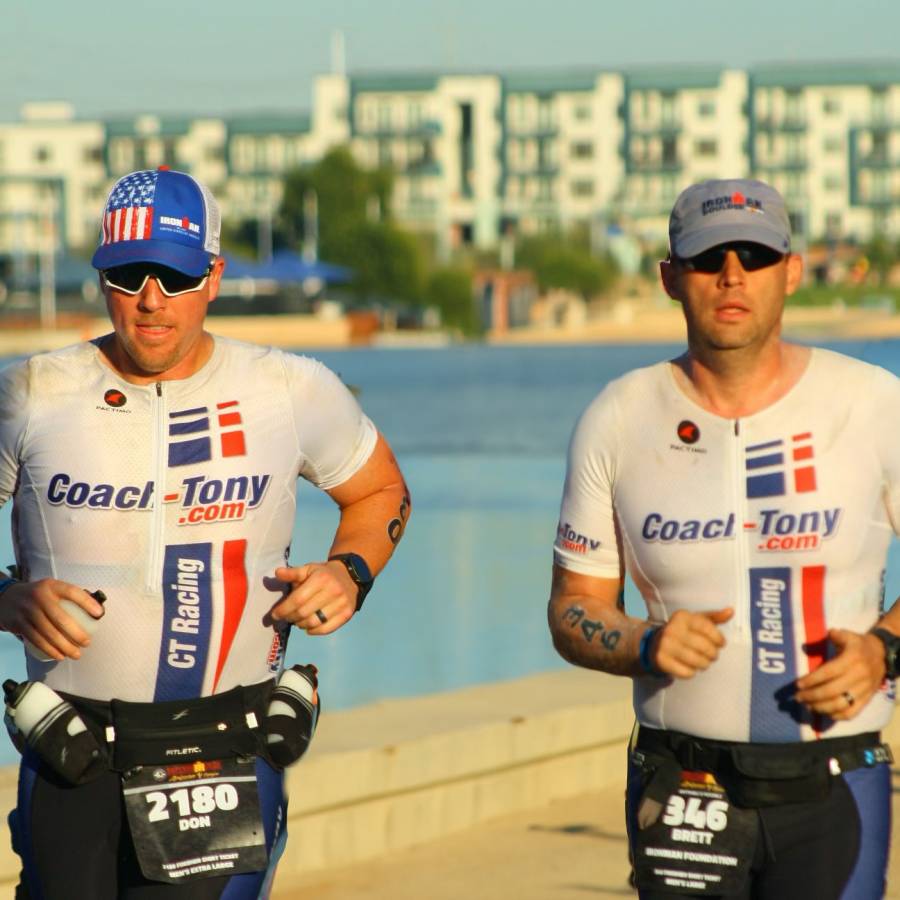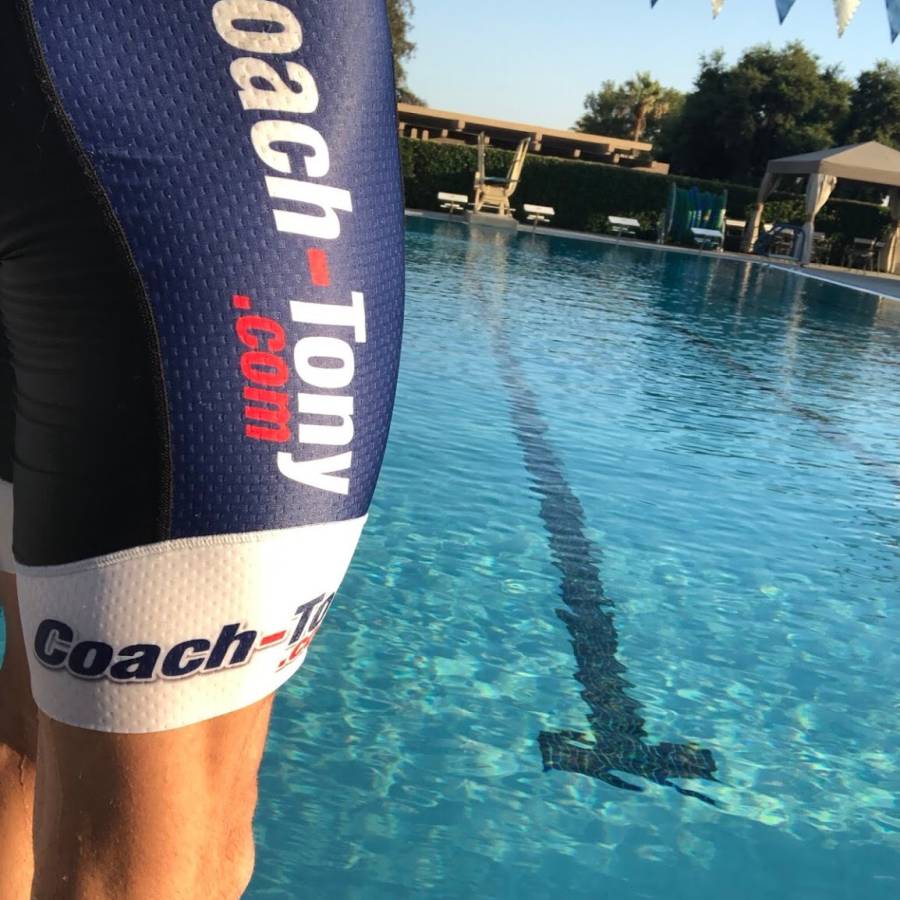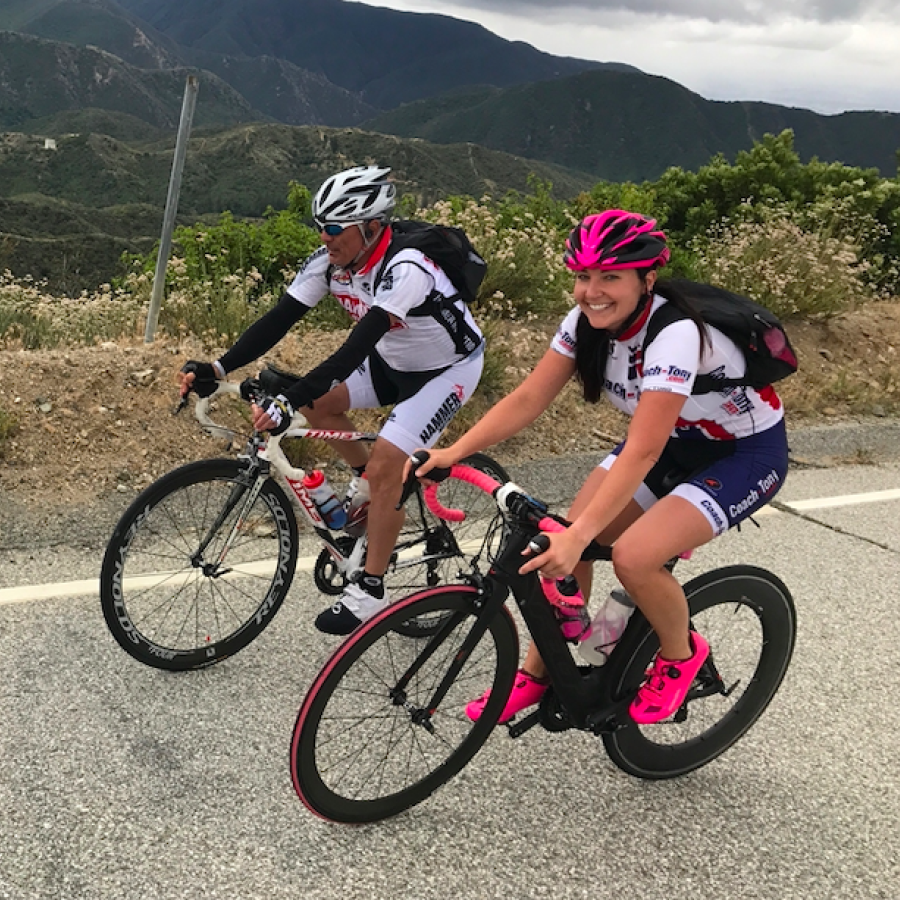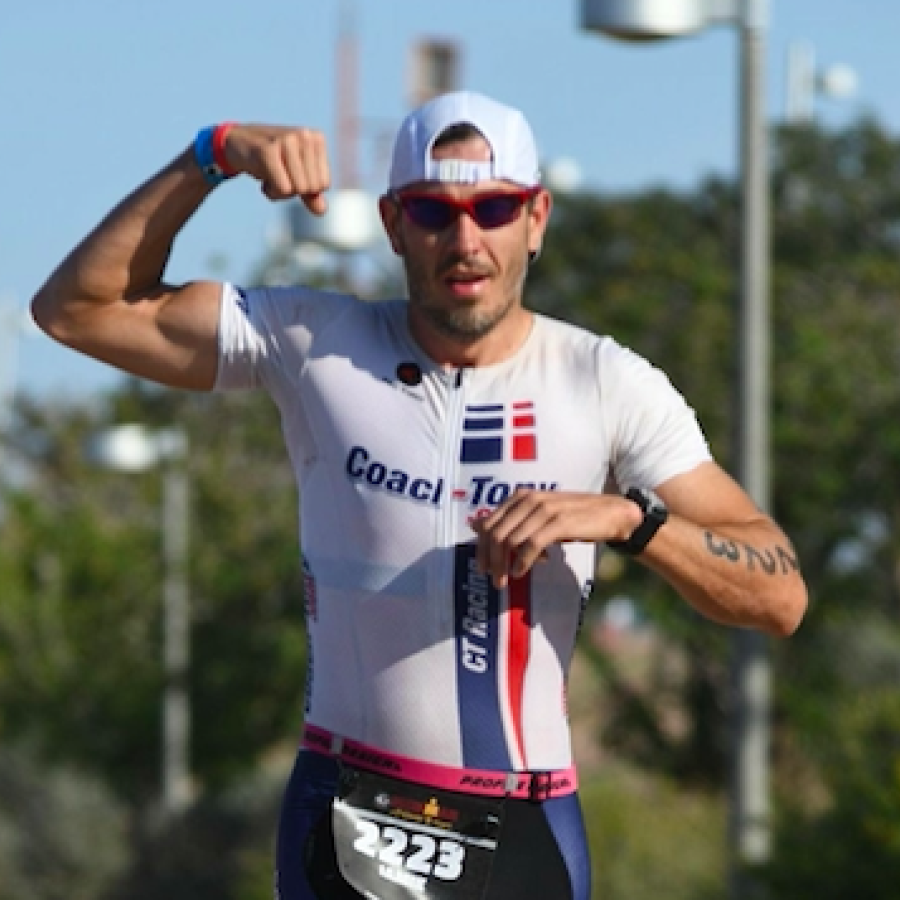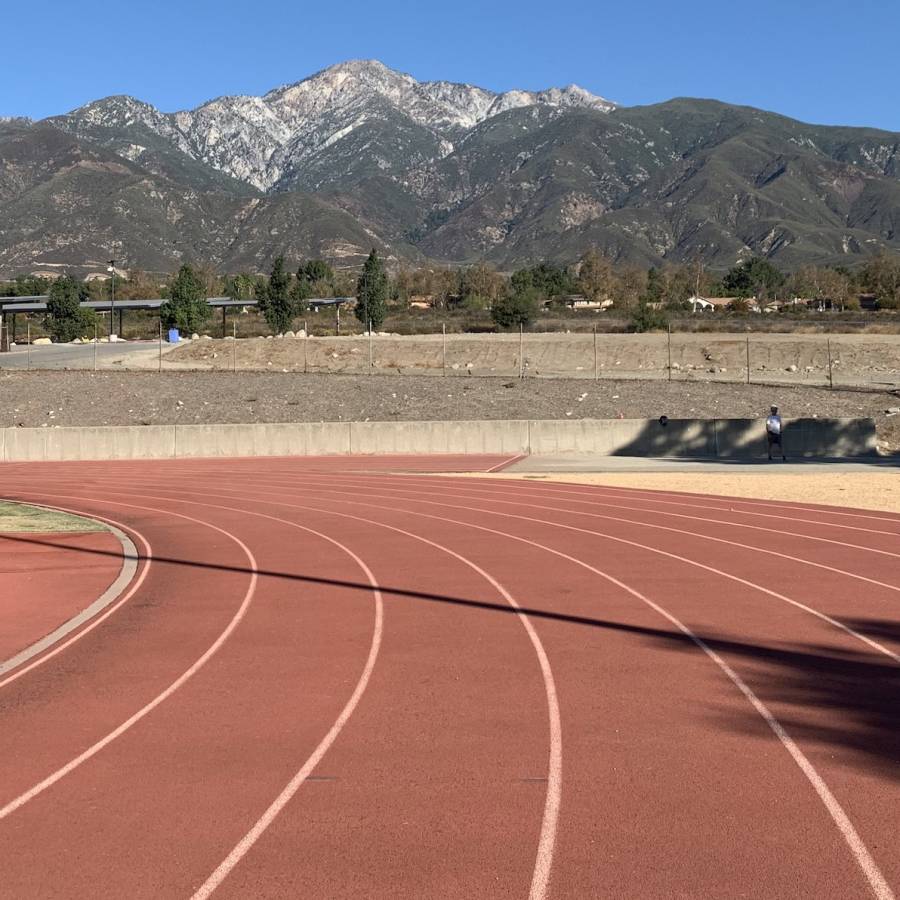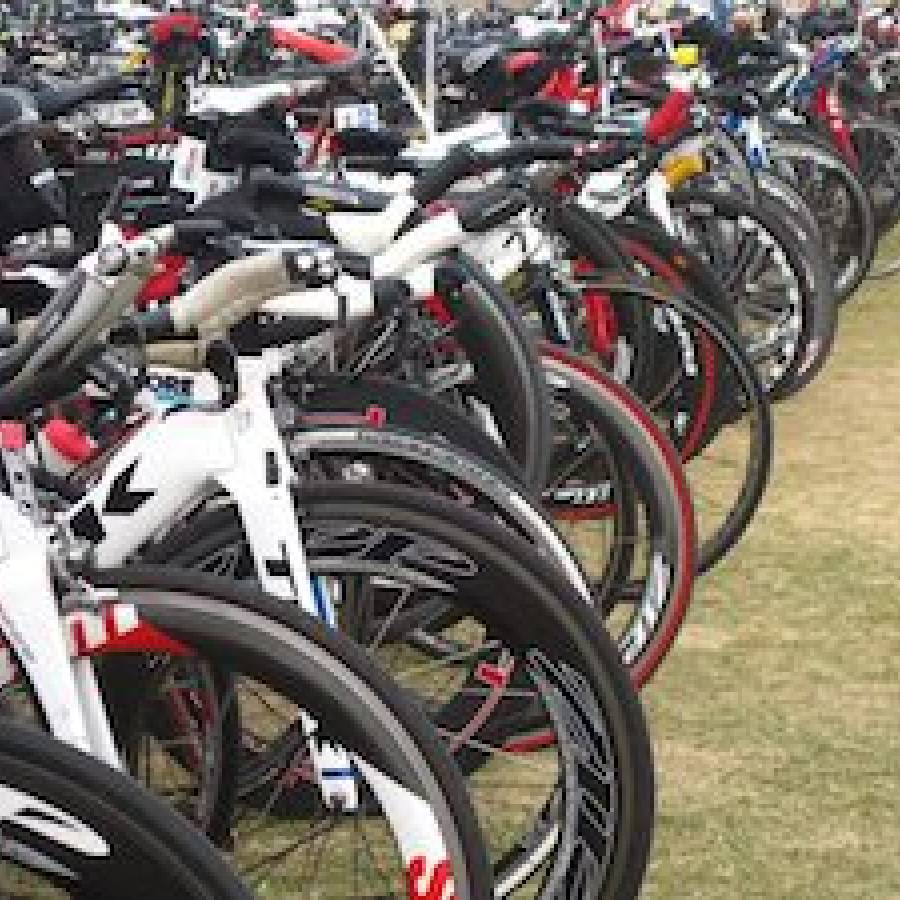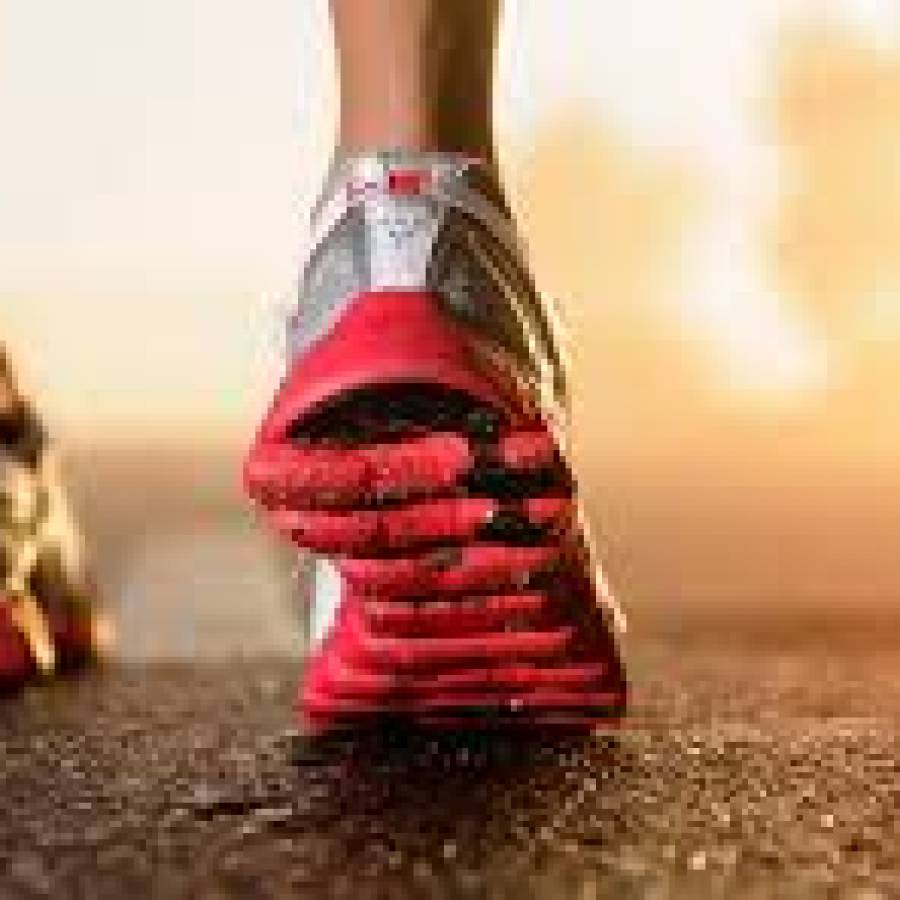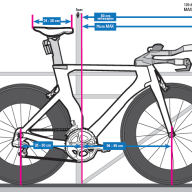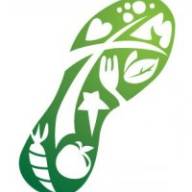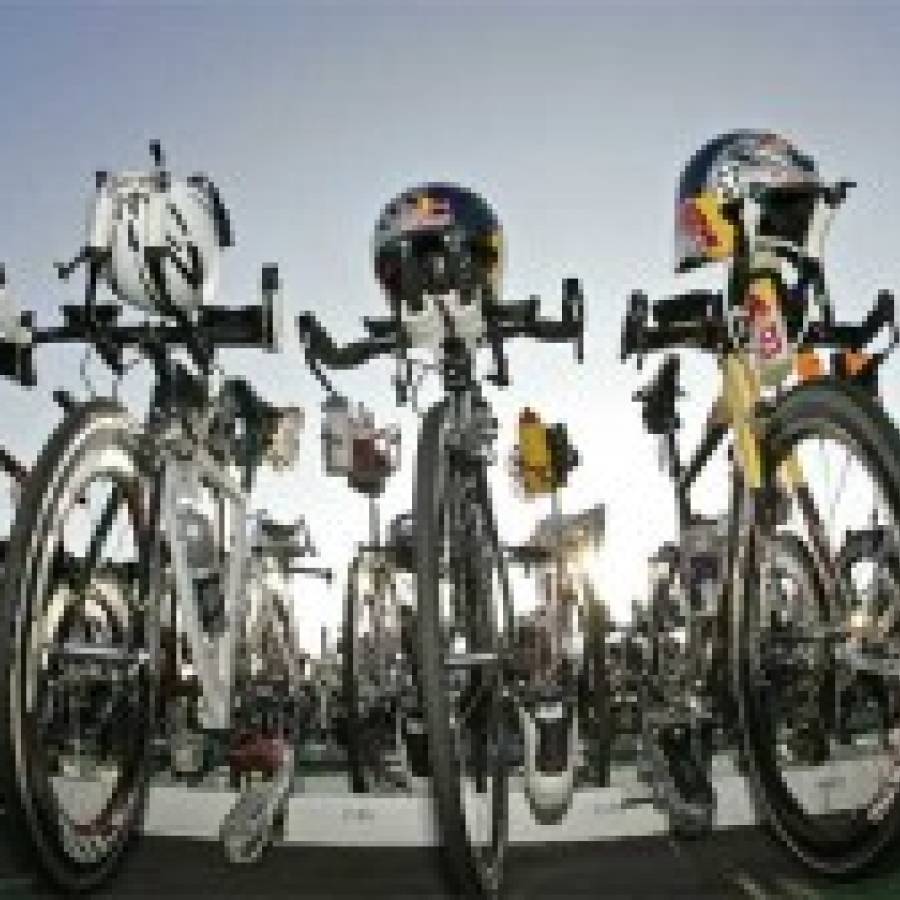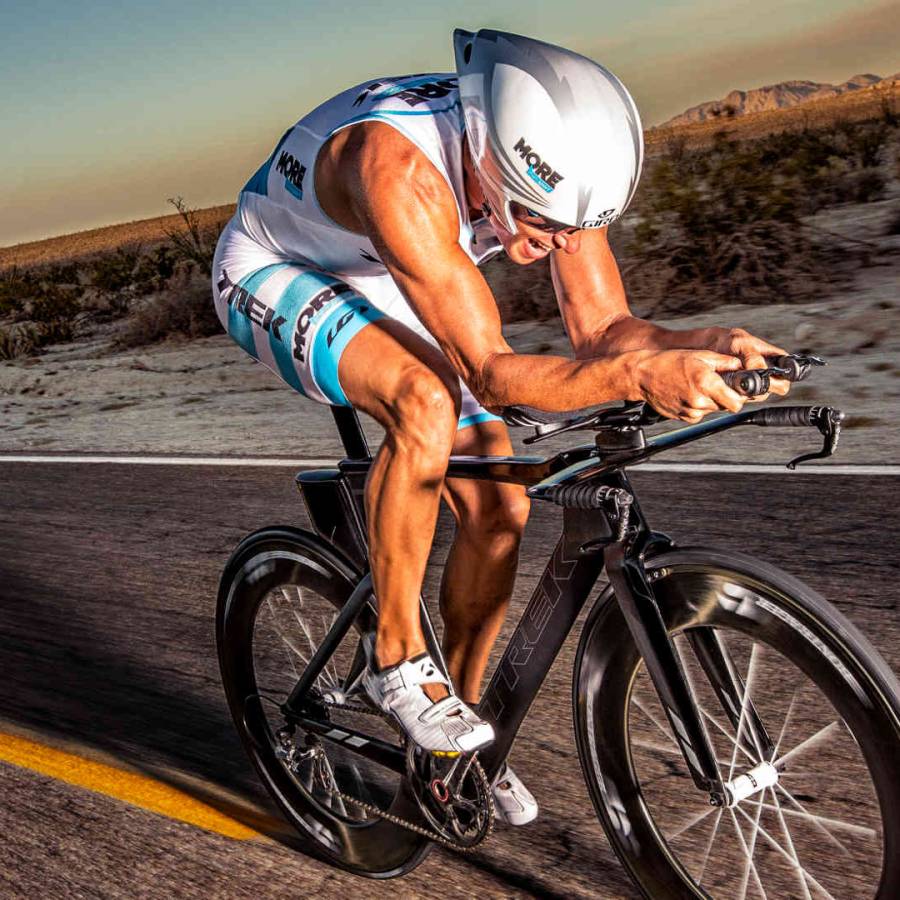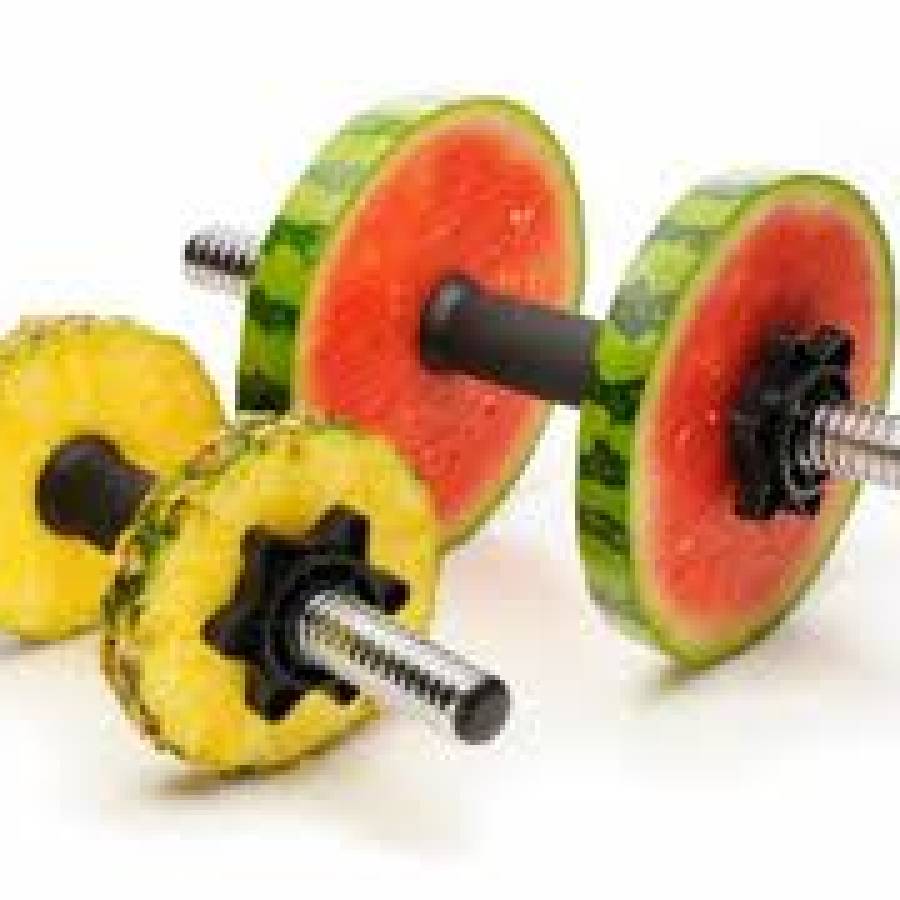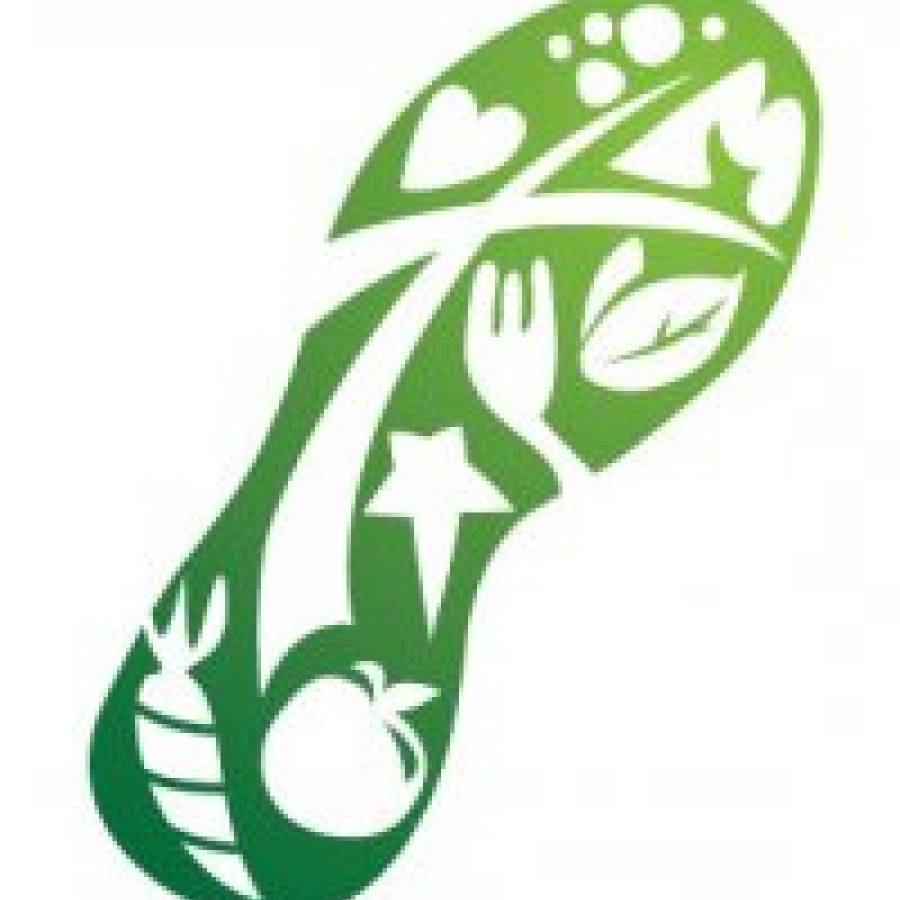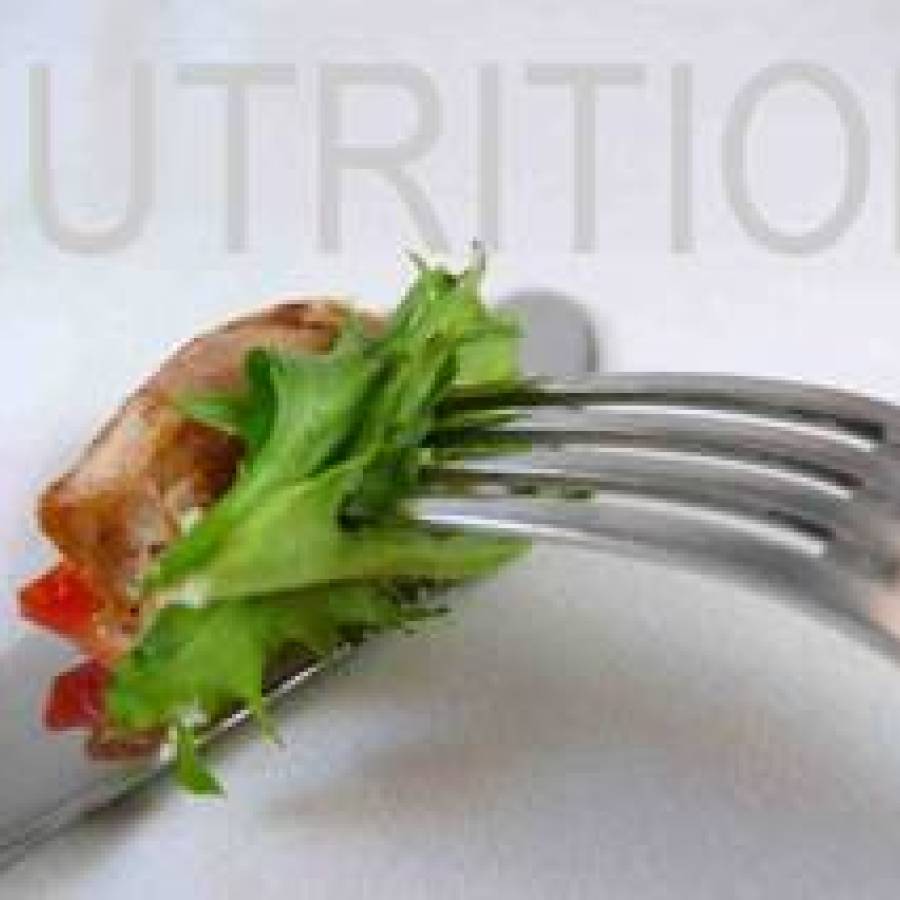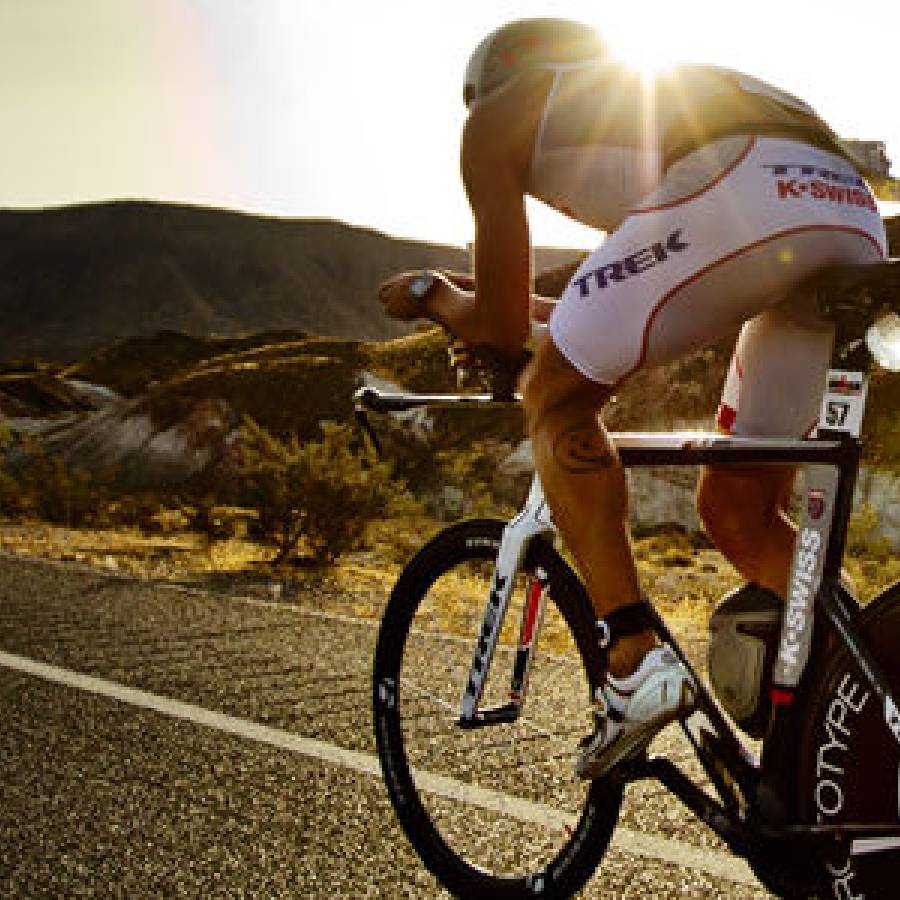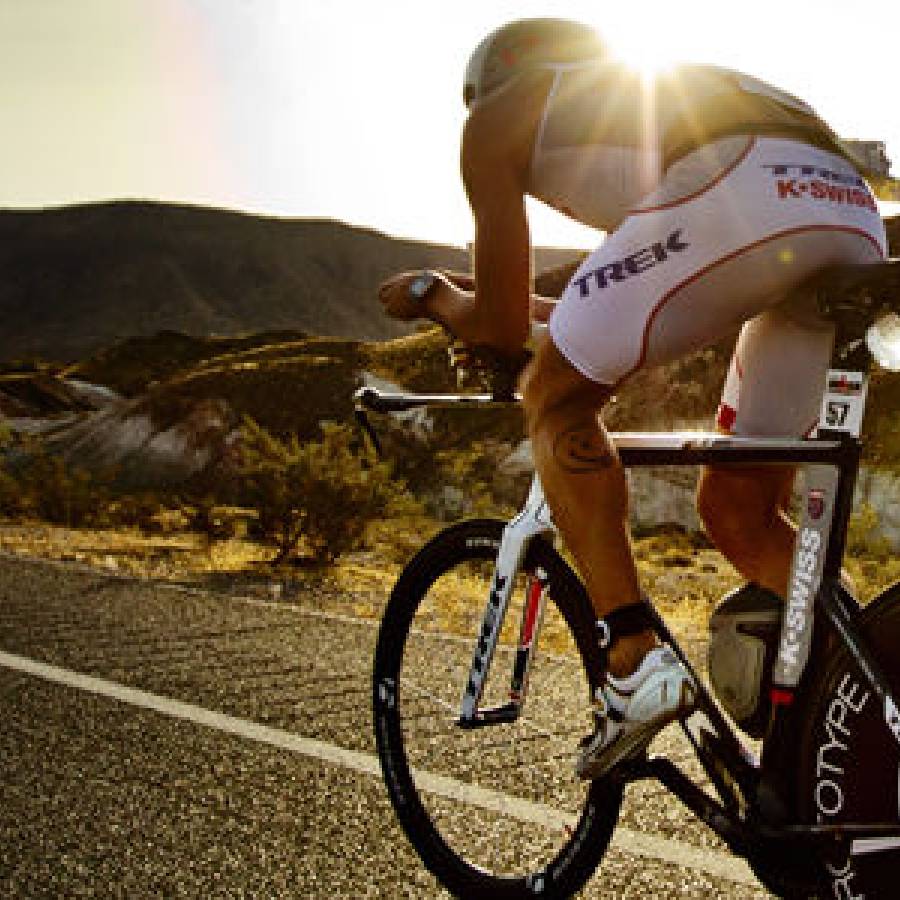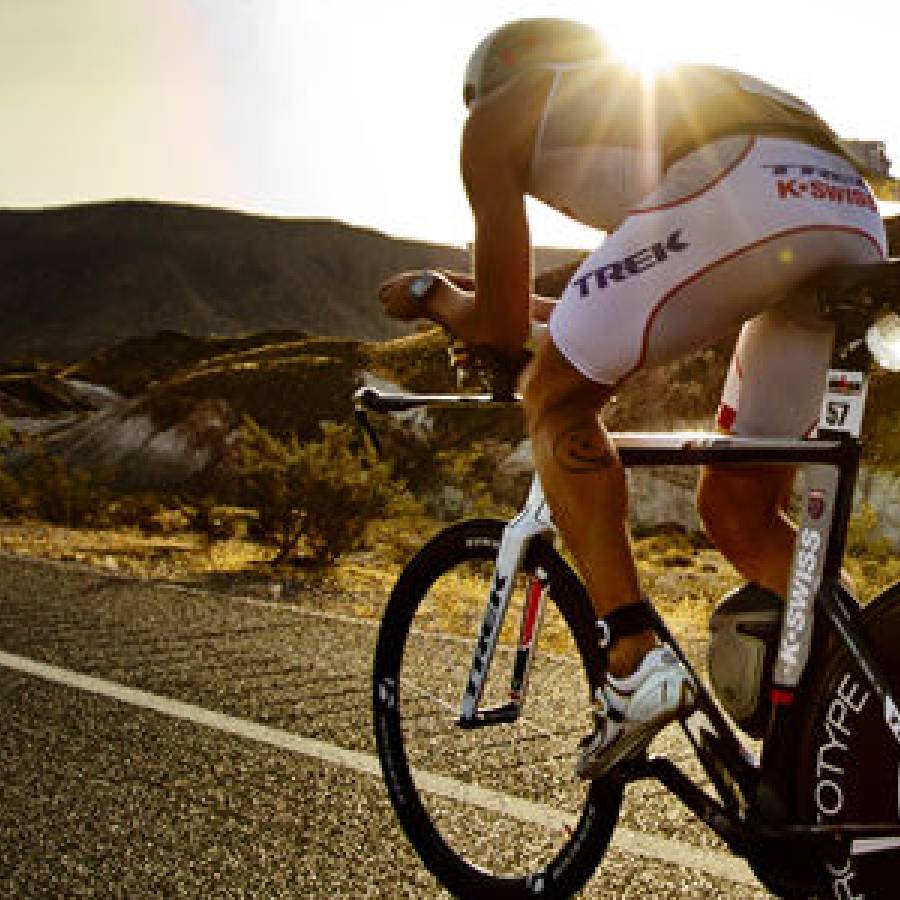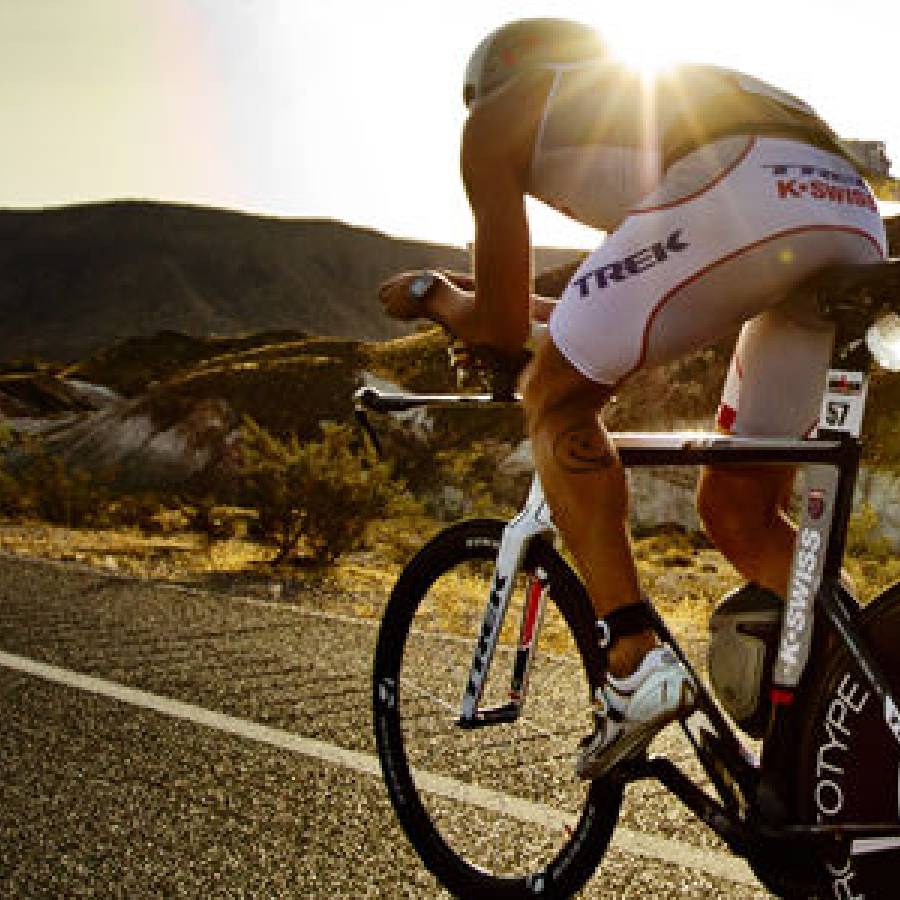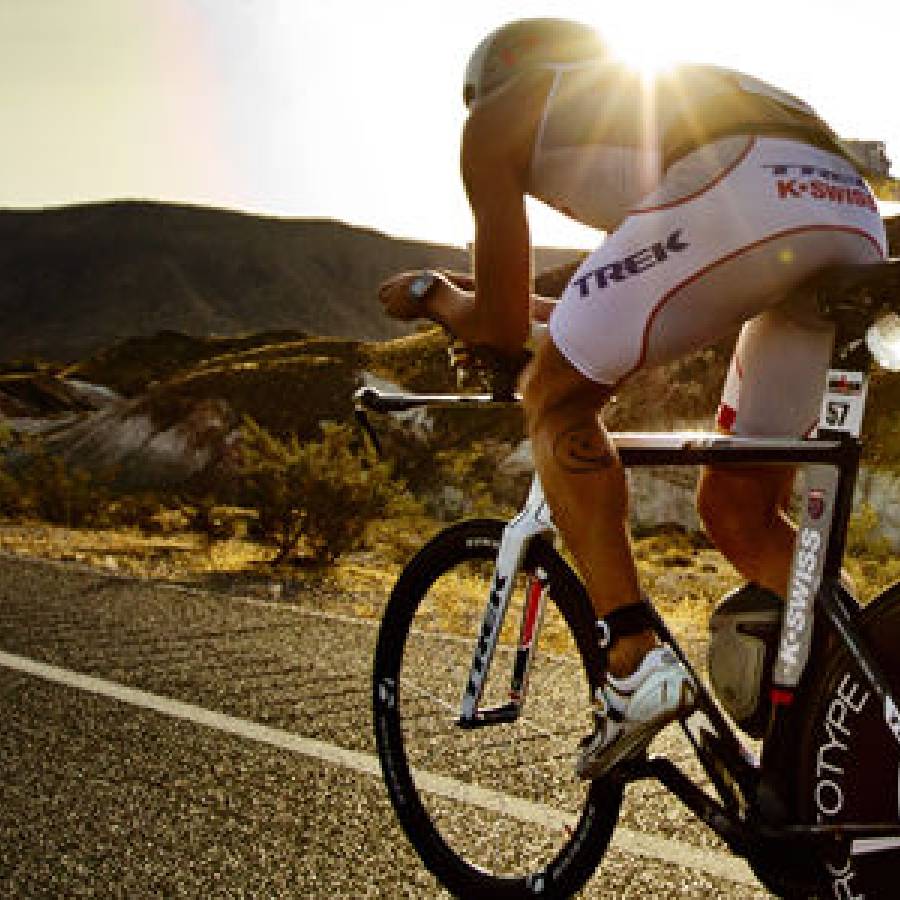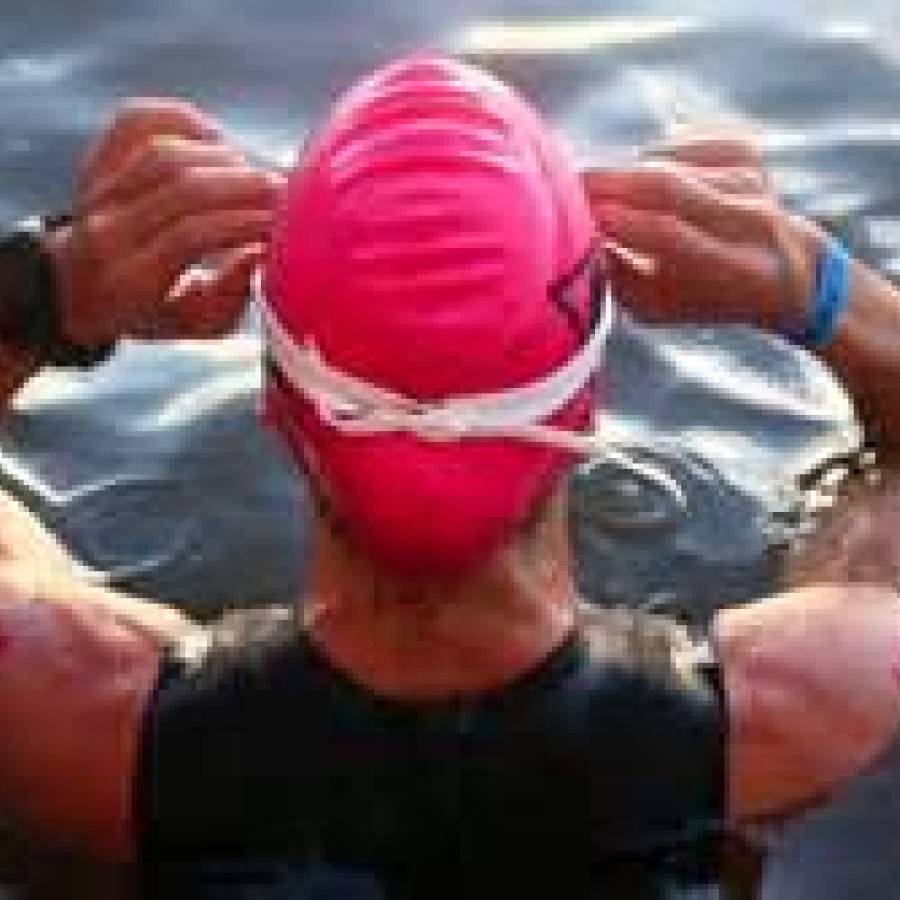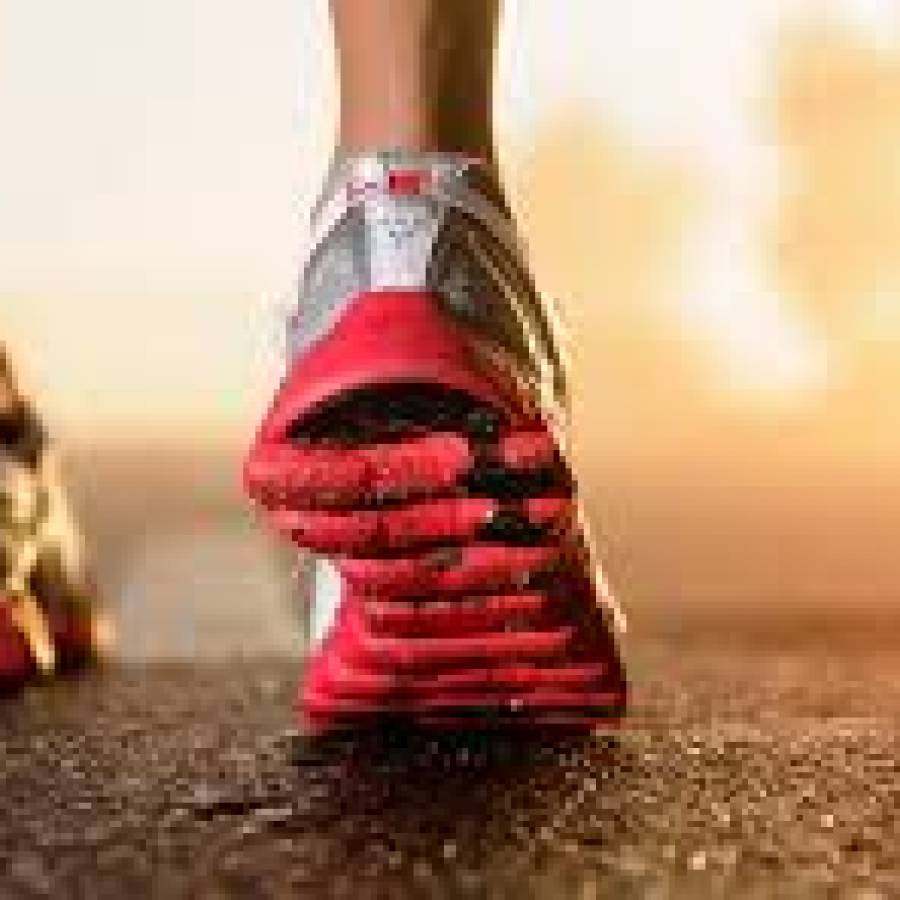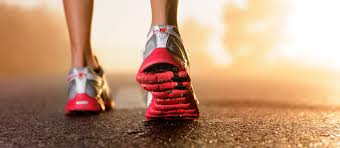
Plantar Fasciitis is an acute form of inflammation of the band of tissue running across the bottom of your foot. Plantar Fasciitis is a common injury that can persist for years unless treatment is properly addressed. Every time you flex your foot, the tendons, ligaments, and tissue move and when inflamed, every movement hurts. Once the tissue is injured, it becomes very difficult to recover because it’s in constant use. It is almost impossible to keep from re-straining the area. Even when the pain is gone, you still are not fully healed. It is an injury requiring athletes to completely stop running for a period of 4-6 weeks or more in order to recover. The most common mistake athletes make in treating Plantar Fasciitis is returning to training as soon as the pain is gone. We continually reinjure the area through our daily activities and prolong recovery further by layering on training.
Constant reinjury needs to be avoided at all costs. Obviously, it delays the healing process, but what's worse is that every reinjury and additional healing cycle increases the amount of scar tissue that builds up in your foot. Scar tissue is hard, inflexible, and tough to remove. The more scar tissue that develops, the more you lose range of motion and the more likely you are to develop chronic pain or arthritis. Scar tissue may prohibit you from performing as well as you once did and/or make reinjury easier. If you have inflammation in your heel or plantar, it's very important to begin healing immediately (which translates to no running) and continue the healing process completely (beyond pain elimination). You must also avoid the build up of scar tissue. The quicker and stronger you heal your plantar, the less chance there is for reinjury. Untreated plantar fasciitis leads to the development of bone spurs; something you want to avoid.
During normal use, muscle activity promotes blood flow through our body sending oxygen and nutrient-rich blood to the muscles, tendons, ligaments and surrounding tissue. This is blood flow that your feet don't receive when at rest. However, the plantar is tough dense tissue that normally receives very little blood flow anyway. When injured, lack of activity combined with swelling and scar tissue further restricts your blood’s flow in this area when you need it the most. This is largely why plantar injuries take so long to heal.
The key to recovery from Planter is to stimulate the blood flow (without further injury) and reduce the swelling so that nutrient-rich blood and oxygen may reach the damaged area to heal properly. The use of therapeutic tools and healing practices will speed up healing. These tools and practices are also good for injury prevention.
Heat Treatment to increase Blood flow - Since you can't work the area without danger of further injury, you need to stimulate blood flow using alternate methods. Using a heat wrap or electronic heat blanket will stimulate blood flow safely.
Cold Compression to reduce inflammation – Swelling is reduced by applying cold compression, either through ice packs or crushed ice, to the injured area. Cold compression works because it interrupts and slows nerve and cell function in the damaged area. Once blood vessels are damaged they can no longer carry oxygenated blood to the damaged tissue and therefore cells begin to breakdown. The deep cold slows cell function thereby reducing cellular breakdown. Because the cold packs numb the nerves, they also reduce pain. Alternating heat and cold allows nutrition and oxygen to reach the injured areas as swelling is gradually reduced (instead of waiting until all the swelling is gone).
Night Splint / Boot - To keep the plantar ligament properly stretched during the night use either a night splint or boot. As you walk, you stretch out the fascia ligament (that contracted overnight) and re-tear it once you are up and around. You are caught in a cycle of healing, sleeping, and reinjuring. Wearing a night splint can stop the cycle and ensure continuous healing while you sleep. Night splints are proven effective devices that are designed to maintain a passive stretch in your fascia ligament by stabilizing your ankle and preventing your foot from falling into a relaxed position. Gently stretching the fascia ligament throughout the night not only stops the re-tearing every morning, it also adds 8 hours of healing time to your therapy program while you asleep. Moving from the splint to a book further enhances the recovery throughout the day. One note about the boot, it is not a free pass to walk around more or be active.
Therapeutic Ultrasound - To break down scar tissue and clear away damaged tissue and toxins from the injured area, many athletes are turning to ultrasound. This is probably the most expensive of the remedies but if done regular has promissig results. This is recommended for athletes with a prolonged battle with Plantar Fasciitis who have a build up of scare tissue.
When used in combination, these four remedies provide all the necessary treatments to reduce the pain of your injury and promote fast and complete healing of your plantar fasciitis. These treatments work best when you limit foot use (easier said than done). These treatements are part of the RICE formula for treating inflammation and pain. R - Rest, I - Ice, C - Compression, E - Elevation.
There are two other potential but controversial treatments to Plantar Fasciitis. Rolling the bottom of your foot over a massage stick, tennis ball or golf ball has been said to cure Plantar Fasciitis. When the injury is in its very early stages, possibly just tight from constant work outs, this is a good method to help stretch the areas and stimulate blood flow. However, if swollen and sensitive (the injury has matured so to speak), this method may cause further damage. This method is best used as a preventative measure or in the very early stages of Plantar Fasciitis.
Self-massage is another method used to treat Plantar Fasciitis. Both rolling and massage are methods of generating blood flow and both should be used with caution for the same reason. If the area is strong enough to react positively from the treatment, it should be used. If massaging is painful, switch to alternating heat and cold.
So how did you get yourself into this situation? There are various potential contributing factors. The main cause of plantar fasciitis is overuse and overloading the plantar fascia in occupations where you are on your feet all day (teachers, store clerks, soldiers, waitresses, hostesses), activities that require you to push heavy items and/or sporting activities in which you overexert yourself, especially running or activities that include running. Running on your toes or the balls of your feet, on very hard or soft surfaces, and up hills can increase your risk. Newton shoes have been said to be the best this since sliced bread. They make you run on your toes. If you elect to switch to Newtons, do it gradually.
Strengthen and stretch your calves. They are connected to your heel and your Plantar Fasciitis. If they are strong but tight, they will pull and since everything is connected they will place unnecessary pressure on the bottom of your foot. If your calves are week, you lack the necessary support to conduct the intensity or duration of training. Your plantar fascia is only able to stretch to 102% of its length without tearing; therefore it may not be strong enough to withstand the stress placed on it by your lifestyle. Plantar Fasciitis can easily be caused by the weekend warrior training plan. People who have a rapid change in their activity levels are prone to this condition. They do little to nothing throughout the week and then make up 5 days of training in 48 hours. Any sudden increase of usage will trigger a tear. Once torn, all you need is more training to make a small problem an athletic catastrophe.
Other causes include Improper biomechanics (running form, lack of stretching, abnormal use), over pronation (feet rolling inward is found in 85% of people who suffer from plantar fasciitis), aging, improper footwear (High heeled shoes, worn shoes, wrong shoe for desired activity), and weight. Did you know approximately 90% of women and 40% of men with plantar fasciitis are overweight? Avoid Plantar Fasciitis by wearing proper footwear for the activity or work you are participating in, treat your muscles properly through adequate and gradual levels of training and recovery, and take corrective action at the first sign of injury.
Some of the information found in this article can be found on http://www.aidmyplantar.com/; also a source for heat, cold packs and other Plantar Fasciitis tools.

